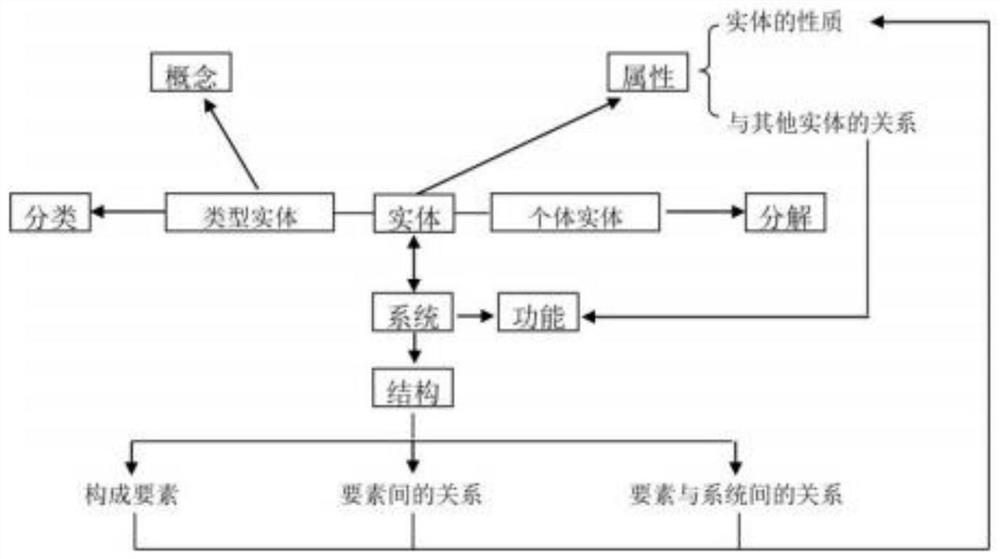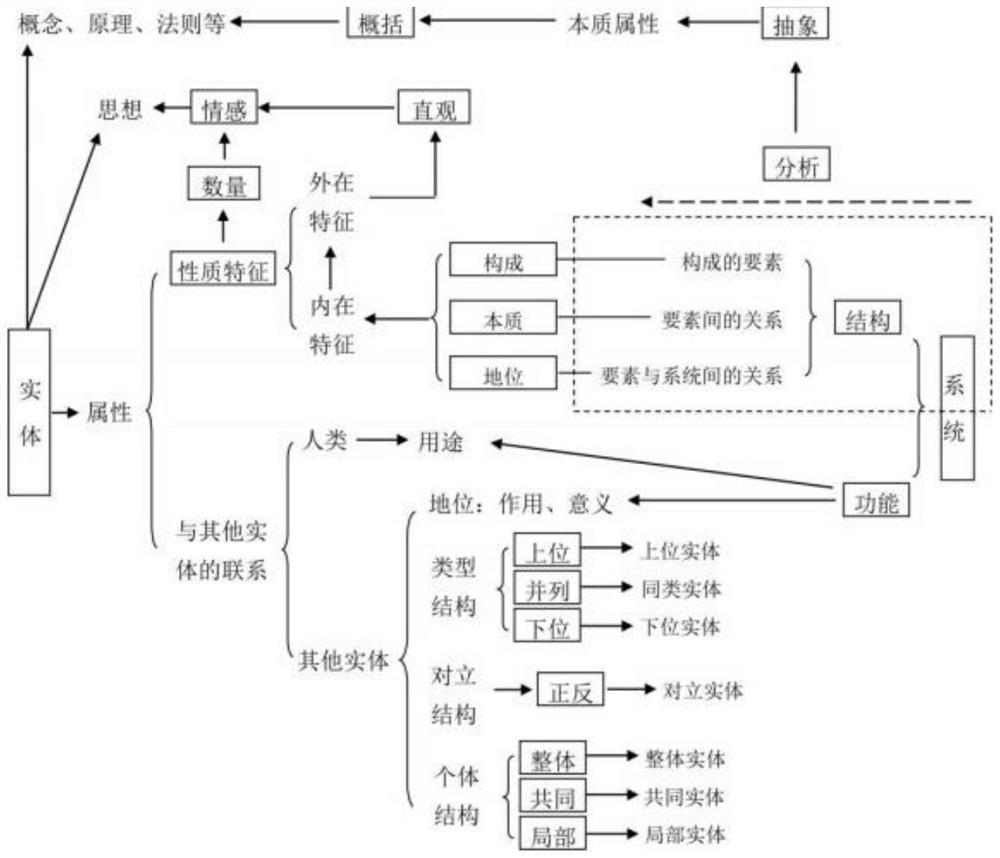System and method for assisting in generating domain knowledge graph
A technology of knowledge graph and domain knowledge, which is applied in unstructured text data retrieval, text database browsing/visualization, and semantic tool creation, etc. Get guarantees and other issues to achieve the effect of reducing impact, improving visual performance and use value
- Summary
- Abstract
- Description
- Claims
- Application Information
AI Technical Summary
Problems solved by technology
Method used
Image
Examples
Embodiment Construction
[0056] The technical solutions in the embodiments of the present invention will be clearly and completely described below with reference to the accompanying drawings in the embodiments of the present invention. Obviously, the described embodiments are only a part of the embodiments of the present invention, rather than all the embodiments. The specific embodiments described herein are only used to explain the present invention, and are not intended to limit the present invention. Based on the embodiments of the present invention, all other embodiments obtained by those of ordinary skill in the art without creative efforts shall fall within the protection scope of the present invention.
[0057] The invention provides a system for assisting the generation of domain knowledge map, including a basic library module, a knowledge map auxiliary construction module, a submitted data integration processing module and a knowledge map output module. The basic library module includes a kno...
PUM
 Login to View More
Login to View More Abstract
Description
Claims
Application Information
 Login to View More
Login to View More - R&D
- Intellectual Property
- Life Sciences
- Materials
- Tech Scout
- Unparalleled Data Quality
- Higher Quality Content
- 60% Fewer Hallucinations
Browse by: Latest US Patents, China's latest patents, Technical Efficacy Thesaurus, Application Domain, Technology Topic, Popular Technical Reports.
© 2025 PatSnap. All rights reserved.Legal|Privacy policy|Modern Slavery Act Transparency Statement|Sitemap|About US| Contact US: help@patsnap.com



